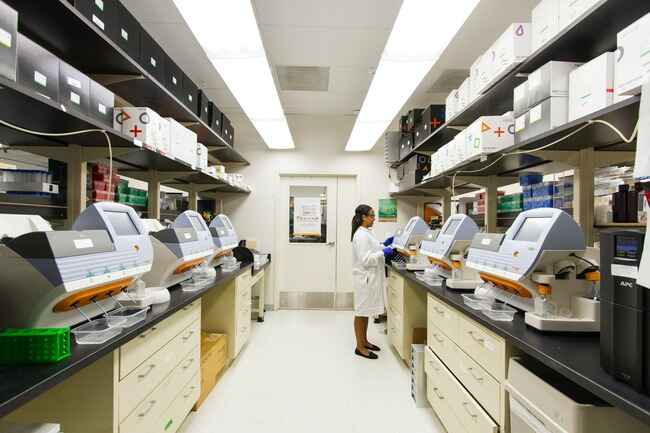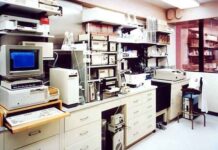British Land and Savills have unveiled a set of five recommendations in their latest report, titled ‘Accelerating Innovation,’ aiming to boost the supply of life sciences real estate in the UK.
The report highlights the sector’s potential to generate an additional £4 billion per year for the UK economy.
The report recognises the vital role of real estate in supporting the government’s ambitions of becoming a global life sciences leader and offers a blueprint for unlocking growth in the sector.
There is a severe shortage of real estate space to accommodate both current and predicted demand, with vacancy rates for fitted laboratory space in the Golden Triangle of just 1% in Cambridge and London and 7% in Oxford.
The report highlights that if the life sciences markets within the Golden Triangle matched the growth seen in leading markets in the US, by 2035, it would generate 67,000 more jobs, £4bn in additional GVA per year and an extra £1.1bn per year in tax revenue to fund public services.
Accelerating the growth of R&D facilities outside the Golden Triangle to match its growth rate would result in 14,500 more well paid jobs across the country by 2035, £870m per year in additional GVA and an extra £235m per year in tax revenue.
This presents a considerable opportunity for the UK to position itself as an attractive and effective destination for global life sciences investment, provided it establishes the proper ecosystem for growth.
British Land and Savills have set out five recommendations that would help deliver growth quickly, urging the government to:
- Set ambitious growth targets for the sector, including growing GVA by at least 25% and doubling the value of inward foreign direct investment by 2035.
- Prioritise infrastructure to support the growth of clusters, including a commitment to build the East West Rail.
- Enable planning delivery by designating Development Corporations to support innovation-led regeneration in economic growth corridors.
- Use the tax system to support life sciences real estate growth by expanding R&D tax credits to include relief for capital expenditure on laboratory space, drawing on international examples to boost the sector.
- Align local skills with opportunities in life sciences to deliver inclusive growth.
Simon Carter, Chief Executive at British Land, said: “There should be no limit to the ambitions of the UK life sciences sector. We have the academic strength, a skilled workforce and cutting-edge clusters.
“In order for the UK to become a life sciences world leader, we need to quickly increase the supply of life sciences real estate with the right specifications in the right places. Today we’ve recommended five tangible actions to supercharge growth. The potential is huge and we are ready to play our part to grasp the opportunity.”
Tom Mellows, head of Savills Science, adds: “We are continuing to see positive levels of demand across the golden triangle, particularly in Oxford and Cambridge where take-up remains at record highs. However, the UK will not be able to sustain this level of growth if we don’t provide the right real estate.
“London is a great example of where the lack of purpose built lab space has impacted on occupiers ability to expand. However, 2023 / 24 will see the first delivery of a significant quantum of this type of space in the capital, which will no doubt lead to an uptick in activity moving forward. We have already seen demand for science related real estate increase considerably over the past five years and the potential to deliver growth quickly will accelerate this further still.”
British Land is behind a number of significant life sciences projects across the UK, having delivered lab enabled space at Regent’s Place and Canada Water, with 1.9 million sq ft of lab and innovation space expected to be delivered within its existing portfolio, including 200,000 sq ft by the end of the financial year.
Click here to receive CRE Herald’s weekly newsletter, news alerts and insights!





















